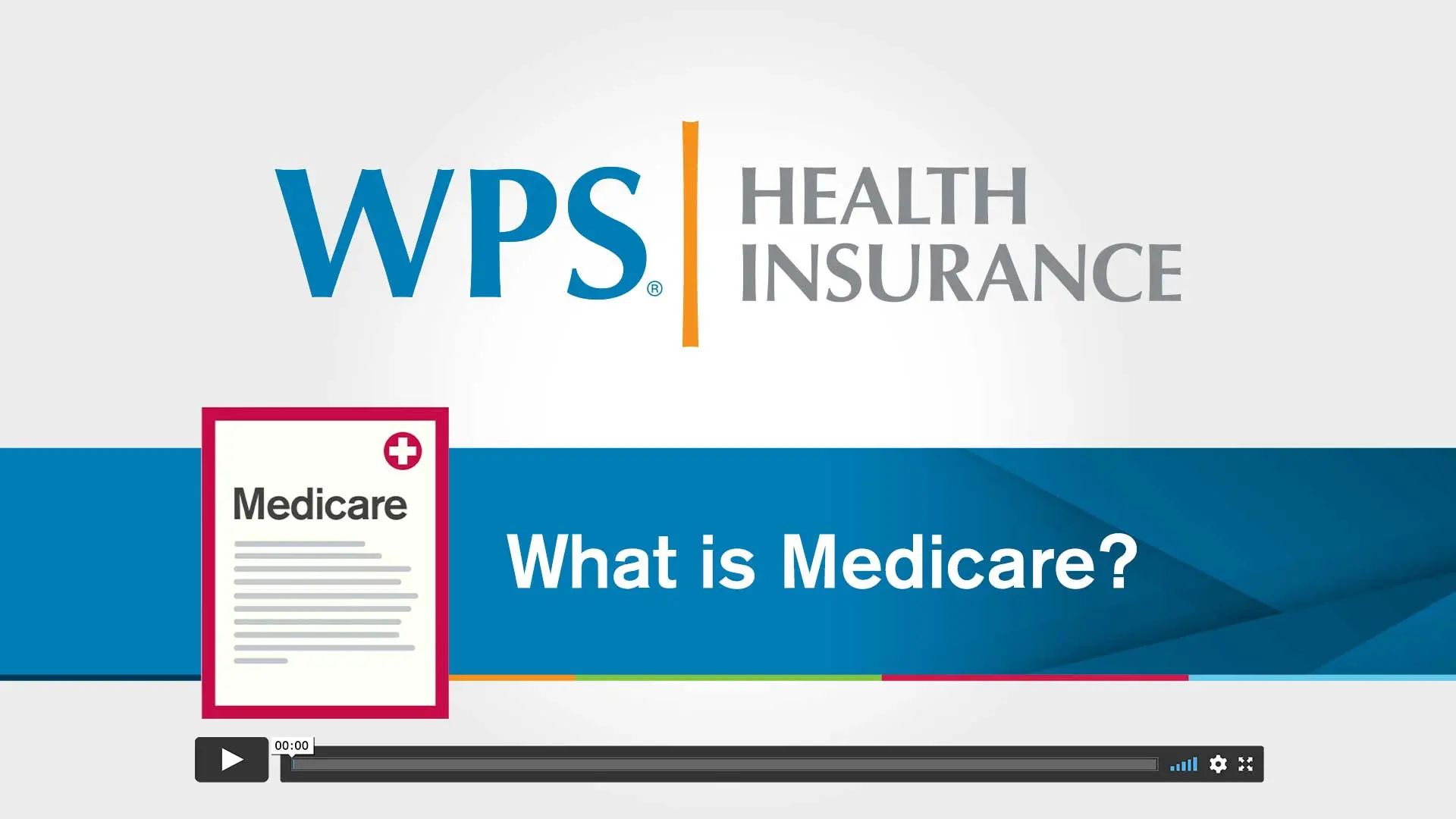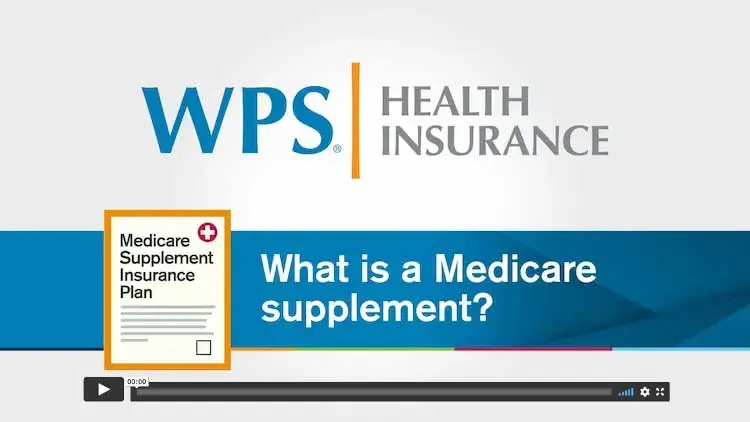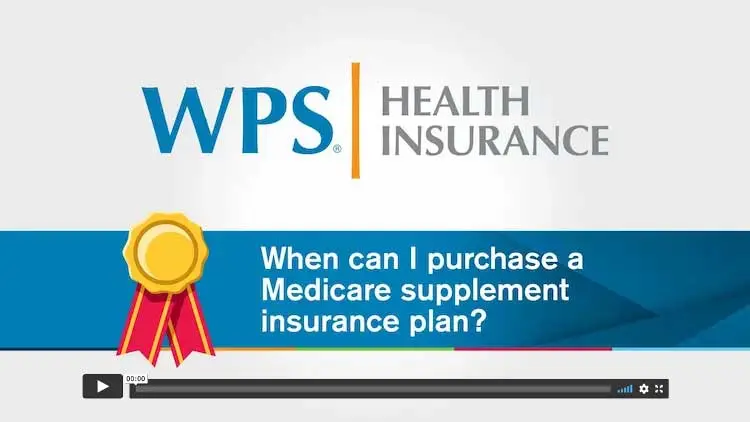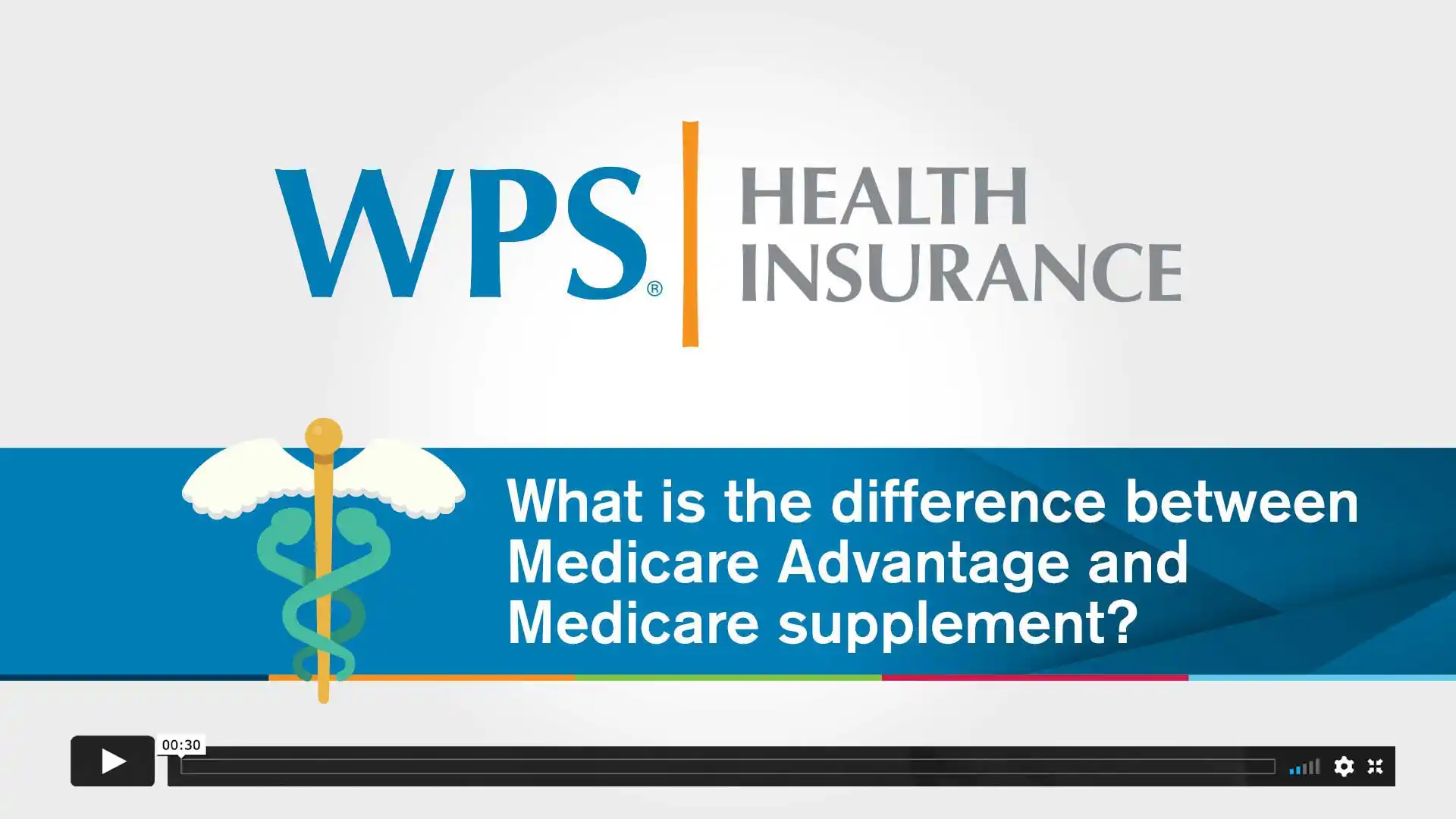Everything you wanted to know about your Medicare journey
Your Medicare journey starts before you turn 65
Don’t wait until you turn 65 to start reading up on Medicare. It’s a complicated program with many options to consider. You’ll want to begin researching and asking questions shortly after you turn 64, if not earlier. This guide makes it easy to get started.
Medicare Initial Enrollment Period timeline
- 12 months before you turn 65: You should begin preparing for your transition to Medicare.
- 3 months before you turn 65: Medicare and Medicare supplement Initial Enrollment Periods begin.
- Turn 65 and enroll in Part B: If you apply for a Medicare supplement plan during your Initial Enrollment Period, you won’t need to answer any health questions.
- 3 months after you turn 65: One-time Medicare Initial Enrollment Period ends.
- 6 months after you turn 65: Medicare supplement Initial Enrollment Period ends.
If you'd like to learn more about your options, WPS has free Medicare Options webinars.
The inside scoop on Medicare enrollment
You can enroll in Medicare up to three months before the month you turn 65.* Most people enroll in Medicare Parts A and B when they enroll in Social Security. Part B is optional, but you have to opt out if you want to delay the coverage until later.
If you delay your coverage too long or miss your Initial Enrollment Period for Parts A and B, or Part D prescription drug plans, you may experience a gap in coverage. You could also incur late-enrollment penalties, which means you pay more for Medicare when you do enroll.
Medicare Part B requires you to enroll in the seven-month Initial Enrollment Period around your 65th birthday: three months before, the month of, and three months after. However, if you have qualifying employer coverage, you can delay Part B coverage (and premium) without penalty.
You can enroll in a Medicare supplement plan for an additional three months beyond your Medicare Initial Enrollment Period, no questions asked! And while there isn’t a financial penalty for missing this timeline, you may not be able to enroll in a Medicare supplement if you cannot pass health underwriting, which means you may miss out on the coverage you want or need.
Prepare for Medicare
Use this checklist to help ensure you’re ready to make the switch to Medicare.
- Confirm Medicare Eligibility.
- Understand Medicare enrollment periods and late-enrollment penalties for your situation.
- Understand your current coverage and how it may change when you become eligible for Medicare. There are no networks on a WPS Medicare supplement plan. You can go to any doctor, health care provider, hospital, or facility nationwide if they are enrolled in Medicare and accepting new Medicare patients.
- Make a list of prescription drugs and medical services you might need. WPS Medicare supplement plans include benefits for vision, hearing, and wellness discounts at no additional cost. A stand-alone Medicare Part D plan can be purchased to add prescription coverage.
- Compare different Medicare-related plans. To learn more about WPS Medicare Supplement plans for your state, click here.
- Unless you choose to delay, your enrollment in Medicare Part A and Part B is automatic if you already receive Social Security benefits; most people not receiving Social Security benefits must apply for Part A and Part B coverage by contacting Social Security.
- Enroll in a Medicare supplement plan. Call a licensed agent from WPS at 1-800-332-0891 to enroll or contact your local agent. Have your Medicare card ready.
- Enroll in a Medicare prescription drug plan. After enrolling in a Medicare supplement plan, your agent can show you where plan options are located for you to choose from.
Compare Medicare coverage options
Original Medicare includes Part A for inpatient/hospital coverage and Part B for outpatient/medical services coverage. Part A and Part B include limited coverage for your prescription drugs.
Medicare supplement plans, also called “Medigap” plans, work together with Original Medicare to help pay for services covered by Medicare. This type of health insurance can be used with a Part D prescription drug plan, which helps make outpatient prescription medications more affordable.
Medicare Part C, or Medicare Advantage, plans are a replacement for Original Medicare. Medicare Advantage (MA) plans provide coverage equivalent to Part A, Part B, and sometimes Part D—all in one plan. There are sometimes additional benefits, which may have extra costs. When you choose an MA plan, you are disenrolled from Original Medicare, as these plans replace it.
Prescription drug plans (PDP) fall under Medicare Part D. PDPs can be added to Original Medicare and used with Medicare supplement plans to provide coverage for your prescription medications. Some MA plans may provide prescription drug coverage. If you have an MA plan that includes drug coverage, you cannot have a stand-alone PDP.
You can enroll in a PDP in the seven-month period surrounding your 65th birthday or when your work coverage ends. After your Initial Enrollment Period ends, PDPs can have an Annual Enrollment Period just like MA plans do. You can choose your PDP each year during this period.
Medicare supplement vs. Medicare Advantage—what's the difference?
Medicare Supplement
- Keep Original Medicare from federal government.
- Guaranteed renewable for life, as long as you pay your premium. Insurers can only raise your premium if they raise the premium for all policies like yours, you enter a new age category, your residence changes such that you move to a new rating area, or if there is a change in Medicare benefits.
- Moves with you wherever you live in U.S.
- There is no network, so you can see any health care provider that accepts Medicare in the U.S.
- No referrals are necessary.
- Benefits are simple and easy to understand.
- No Annual Enrollment Period, so you can change plans at any time during the year. If you can answer “no” to simple health questions, or qualify for guaranteed issue, it’s easy to make the switch!
Medicare Advantage
- Original Medicare is replaced by coverage from a private company, but you still need to pay your Part B premium.
- Plans can change benefits and networks, or be discontinued at the end of each year.
- Moving out of the plan’s area can cause loss of the plan.
- The plan network is usually limited to certain providers and geography, except in emergencies.
- Referrals can be required for specialists or to get care outside the network.
- Multiple levels of benefits (copays, coinsurance, out-of-pocket limits) are common.
- Annual Enrollment Period lets you change Medicare Advantage plans during certain weeks each year and then locks you in for the rest of the year. Special circumstances may also qualify you for an enrollment period.
Part A
Hospital Insurance
Part B
Medical Insurance
Part C
Medicare Advantage plans
Part D
Prescription drug plans
Request your FREE Medicare supplement information kit!

Working past 65 years old
Learn more about Medicare and your enrollment period if you opt to delay Medicare.
Medicare supplement insurance plans offer access to the health care you need across the nation.
Medicare supplement plans give you complete freedom to visit any doctor or facility in the U.S. that accepts Medicare.
We have been helping seniors afford health care since before Medicare began and were among the first to sell Medicare supplement insurance plans in Wisconsin.
View WPS Medicare supplement insurance plans for your state here.




